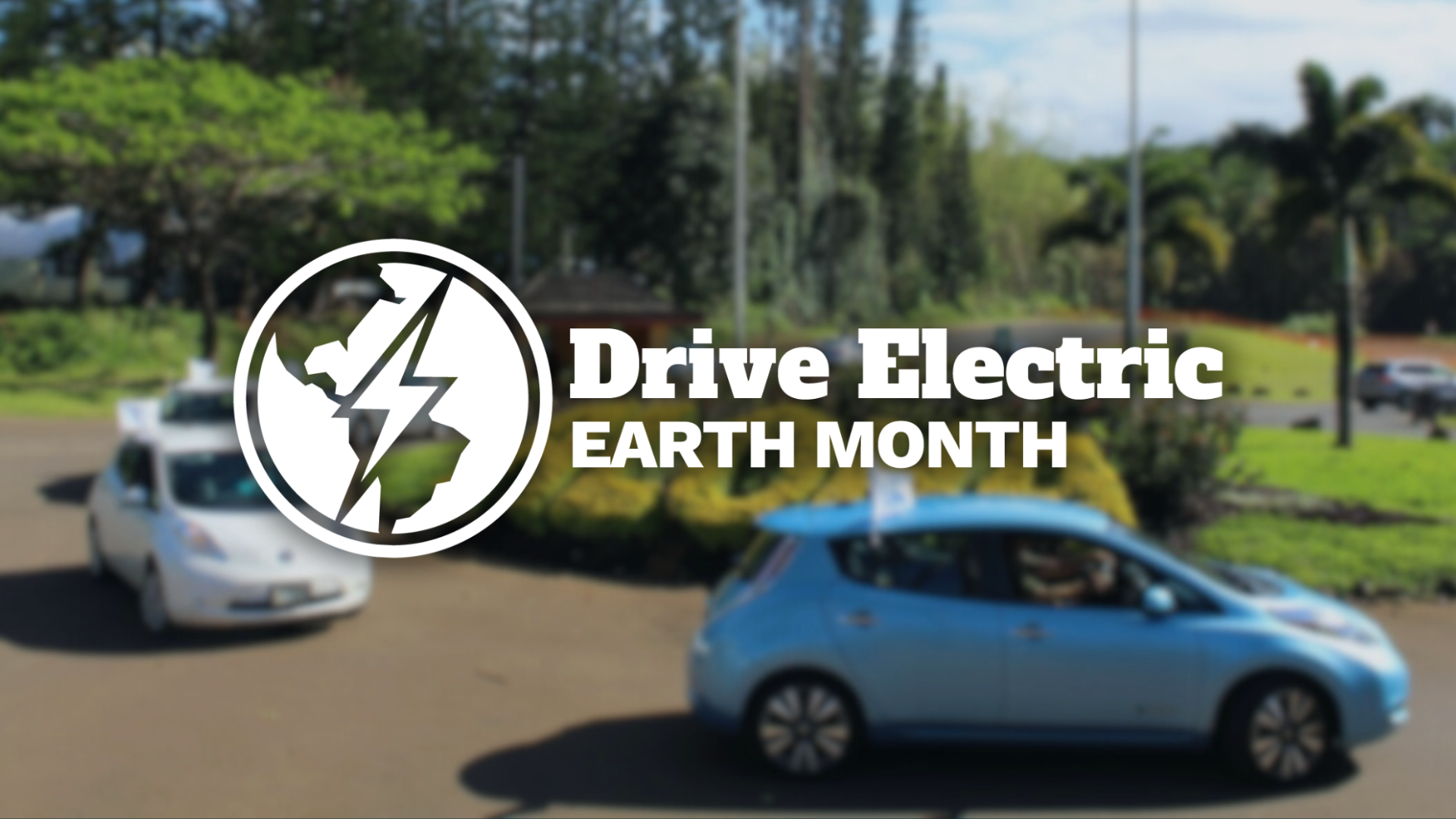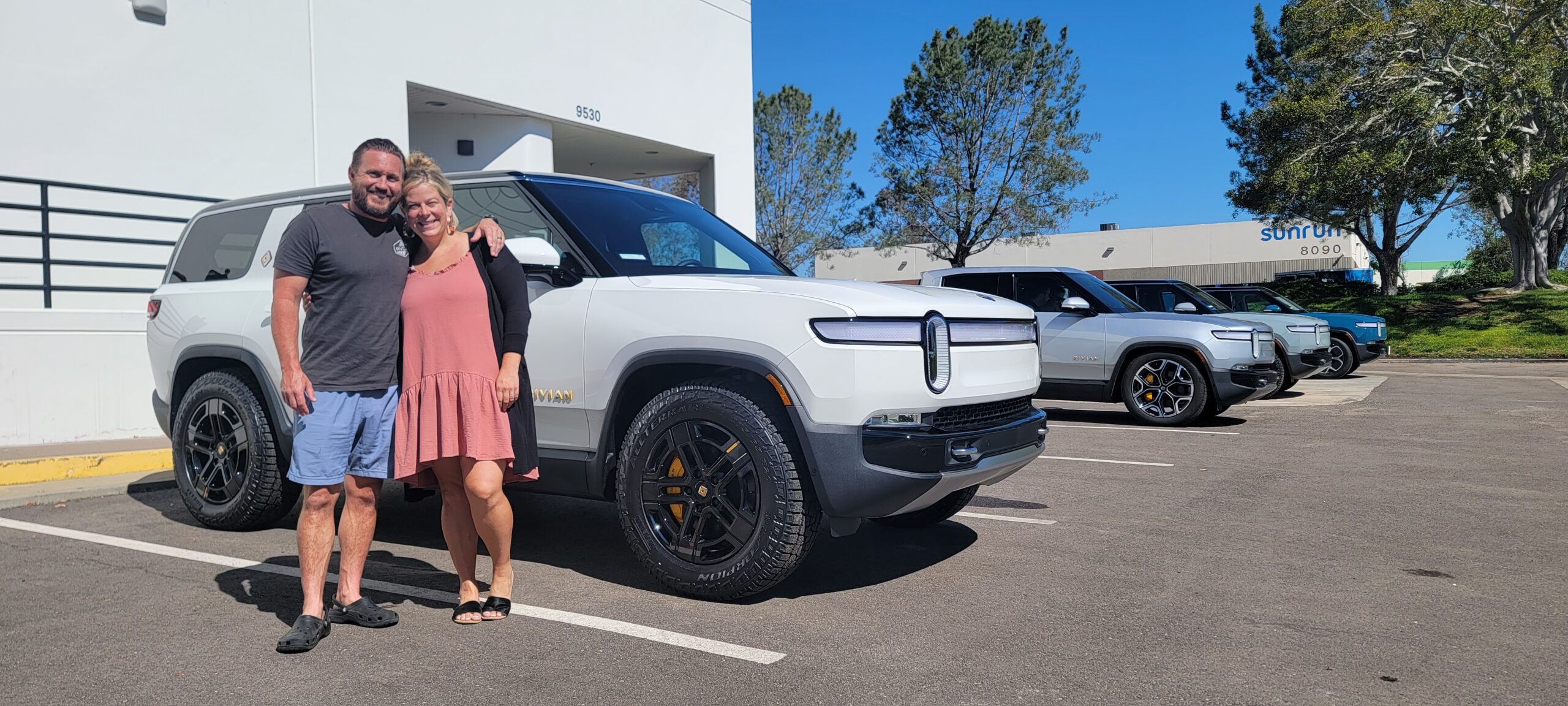Electric vehicles and charging have always had a chicken and the egg relationship. What should we build first? Should we focus on building out a massive public charging network in hopes that it speeds up EV adoption or will simply selling millions of EVs spawn the creation of a dense, strategically-deployed nationwide charging network?

With over one million electric cars already on America’s roads, the movement towards mass adoption is accelerating, and so is the demand on our nation’s nascent public charging network. There are approximately 22,000 public charging stations across the United States and Canada, which cannot support the many millions of EVs coming in the very near future.
The most well-known entity in the charging space is Tesla, whose proprietary charging network is one of the automaker’s key differentiators from the competition. Tesla’s network of 580 fast charging “Superchargers” allows their drivers to easily travel across the country because they are powerful enough to recharge EVs within an hour and spaced out strategically so drivers will be able to make it to the next charging station. Tesla did this to ensure their drivers could avoid range anxiety and, thus far, it has been the gold standard. The major problem: it is only accessible to drivers of Tesla vehicles.

The majority of public charging stations are from third-party charging networks, such as Greenlots, ChargePoint, EVgo, and others. Thus far, these stations tend to be clustered in areas where EV demand is the highest and and not strategically deployed to facilitate unrestricted road trips to various destinations across the country. Electrify America, financed by the Volkswagen settlement, plans on a nationwide network of 2,800 strategically-deployed charging stations. Similar to Tesla’s network, the majority of the chargers will by DC fast chargers rather than 240 volt level 2 chargers. It remains to be seen if EA’s network will provide the reliability Tesla’s network provides, but it is a step in the right direction. Ultimately, the other networks need to continue building stations in communities and on highways from coast to coast so drivers can switch to EVs with confidence. EA currently has 89 units installed, so they have a long way to go before their full rollout.

The sheer number of charging networks also leads to another problem for non-Tesla drivers: network memberships. Most networks require a membership to access their charging stations, often with a corresponding RFID card, forcing EV drivers to join a half-dozen networks and carry a half-dozen plastic cards, simply to fuel their vehicle. Drivers of gas-guzzlers do not need a special membership to go to an Exxon or Chevron station and the same should be true of EVs. As we move from the early-adopter stage to the mass-market stage, we need charging to be easily accessible for all drivers.
Let’s be clear—most EV drivers do the vast majority of charging in the comfort of their own homes. Public EV charging stations are not designed to be used in the same manner as gas stations, where drivers can go in and fill up for the week in 10 minutes; rather, public charging is primarily used for road trips and high-demand urban driving. EV rideshare drivers can easily travel over 100 miles per day, and thus abundant public fast charging is critical for their job.
America is switching to electric vehicles at a faster rate every year, but this could be hampered if our charging networks cannot meet the demand, both through the deployment of stations and their accessibility. EV drivers should be able to easily access chargers from different networks; whether that’s through a single universal RFID card, credit card readers at all stations, or a smart vehicle/charger interface that automatically recognizes the car when plugged in. The deployment issue has two components: scale and location. Scale will eventually be resolved by the sheer volume of EV chargers that will eventually be installed, but in the near future charging companies need to focus on a cohesive effective deployment strategy of fast chargers that maximizes coverage and density where necessary.
Bottom line: we need more chargers, we need them everywhere, and we need the barriers to access to be low.

